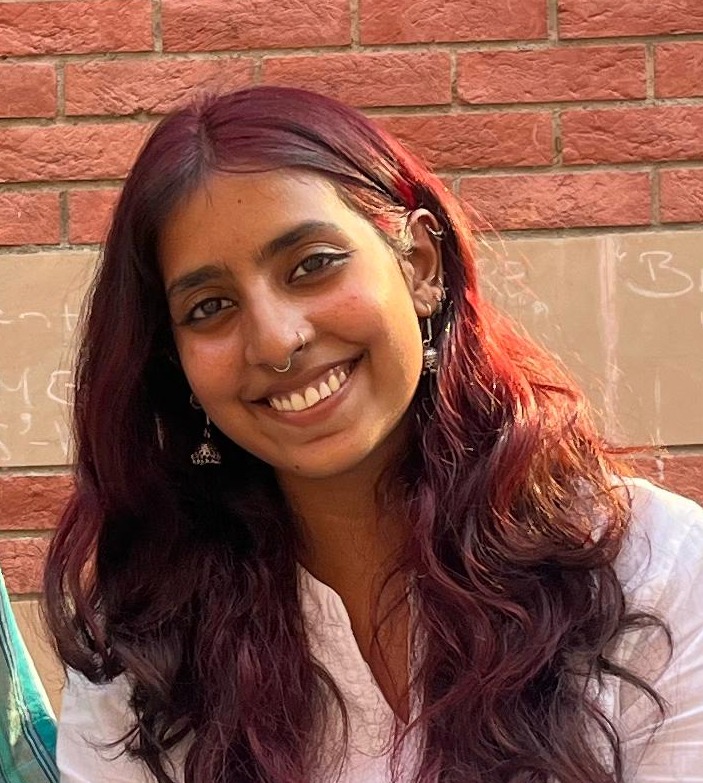Here's What You Need To Know About Teenage Pregnancies
- Social stigmas prevent teenagers from seeking sexual and reproductive health related advice.
- There is a lack of safe spaces that discuss sexual health and safety for teenagers.
- Contraception and other preventive measures must be taught as a part of CSE.
This is a Global Issue
A survey conducted by the World Health Organisation in 2019 shows that adolescents aged 15-19 years old in low and middle-income countries (LMICs) had an estimated 21 million pregnancies each year, of which 50% were unplanned and unintended and resulted in 12 million births.
Out of these unintended pregnancies, 55% ended in abortion, which were medically unsafe in the manner carried out since the standard of healthcare in these LMICs is abysmal.
In South Asian nations, it becomes excessively dangerous for pregnant teenagers to lead a normal life in society because of social restraints and economic barriers that prevent them from seeking professional medical advice.
The issue of teen pregnancy is fueled by multiple factors such as poverty, lack of education as well as limited access to sexual health services which has led to a rise in the numbers of teenagers getting pregnant increasing every year, with estimated births being 22,000 in Southeast Asia in 2021.
To get to the crux of the issue, one will have to understand the social structures that exist in South Asian homes and how they contribute to a larger impediment.

What is The South-Asian Experience?
The idea that teenagers can have sex for pleasure is unheard of in many South Asian societies.
Yet, the practice of child-marriage in South Asia remains prevalent, with one in four women being child brides according to a research study conducted by UNICEF.
This perpetuates the idea of having one’s own child and leads to early pregnancies in young women who have inadequate or absolutely no knowledge of intercourse. This lack of understanding is complemented by the absence of resources that can act as aid for people who are going through these emotionally taxing experiences. Social and cultural norms do not allow for open conversations around these topics which further disallows young pregnant girls from asking for help or making themselves heard.
Going With "The Flow"
The famous ‘talk’ that is popularised in soap operas, where the parents explain to the child the basics of sexual and reproductive health, is uncommon in many societies in South Asia.
Adolescents are expected to “learn through experience” or as some simply say, “go with the flow”. On the flipside there are teenagers having sex for pleasure, they may or may not use protection and still find themselves in such a situation.
This could mean that there is a sense of reluctance to find out about it or purchase forms of birth control for reasons such as their families getting to know, or the judgement they could potentially receive from outsiders because of the topic remaining a taboo.
There is also an absence of understanding what the wider implications of not using contraception while engaging in sexual activity. The pressure increases manifold when it becomes a case of sexual assault and other crimes of sexual nature.
The Role of CSE
The core issue here would be the lack of safe spaces, as well as the idea of the survivor having engaged in sexual intercourse out of their own will and being dismissed as “western” or “extremely modern”.
This indicates that we need to move away from certain societal norms to make a safer society for teenagers to exist without having to second-guess decisions that they make in their personal lives.
This calls for equipping them with adequate information and resources so that they don’t feel pressured to act a certain way. It ties into the idea that for us to move forward as a society, we need to enable discourse on sexual reproductive health through actively inculcating Comprehensive Sexuality Education (CSE) Models from the elementary level itself.
This will provide students necessary information and inclusive communication to talk, share and practice prevention strategies without feeling ashamed or frightened. It is crucial for the healthy development of teenagers and combats negative outcomes like HIV and unintended pregnancies among young people.
With the introduction of these primary concepts being carried out by trained individuals, it helps foster a safe space for teenagers to ask questions keeping in mind the cognitive, emotional, physical and social aspects of sexuality.

The Way Forward
Even if access to birth control measures increases, the battle does not end here. Once we are able to obtain these resources, it is important for us to know both the directions of usage and the side-effects in order to assess our options before making a decision that is right for us.
Comprehensive Sexuality Education (CSE) caters to these changes by promoting the creation of supportive environments, promoting a positive understanding of sexuality and empowering young people and developing healthy relationships based on consent and equality.
The directions to use and access to contraception is not enough, it is only when we reduce the feeling of being isolated in times of emotional, physical and sexual vulnerability that we can increase possibilities of teenagers living secure lives.
Pratisandhi’s projects aim to make CSE a norm in India. Want to learn more? Reach out at collaborate@pratisandhi.com.
Author

